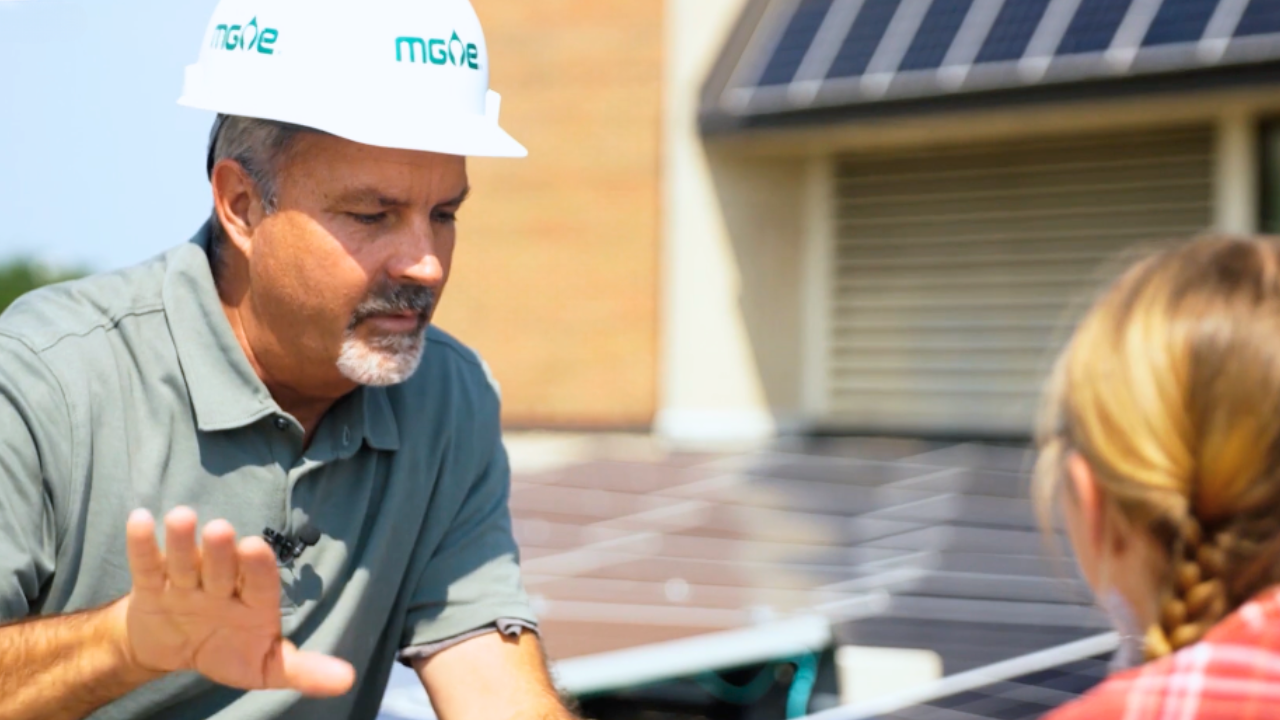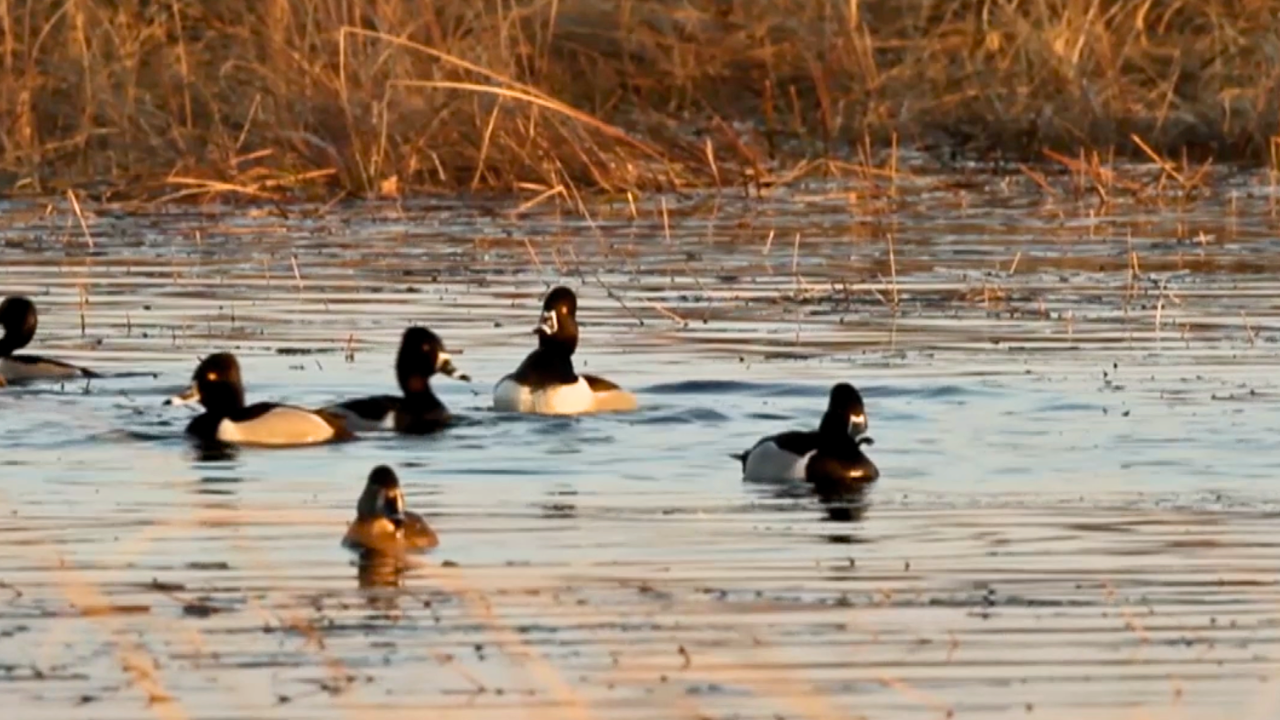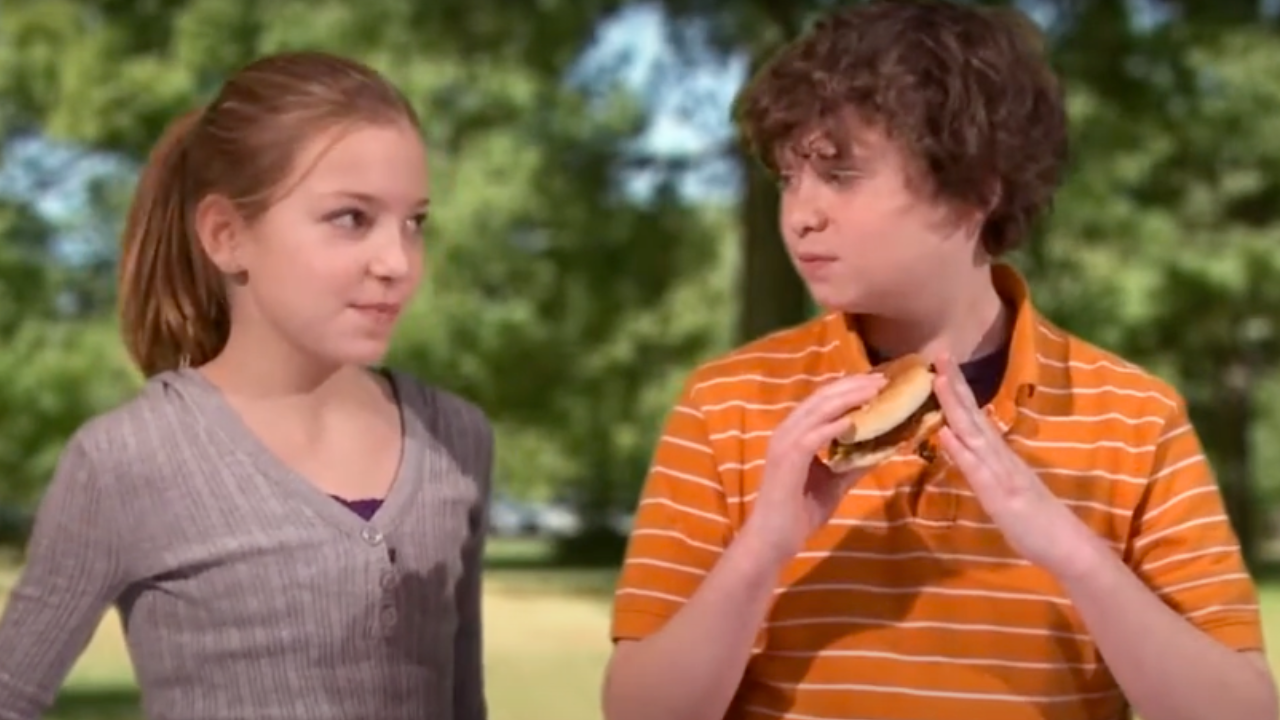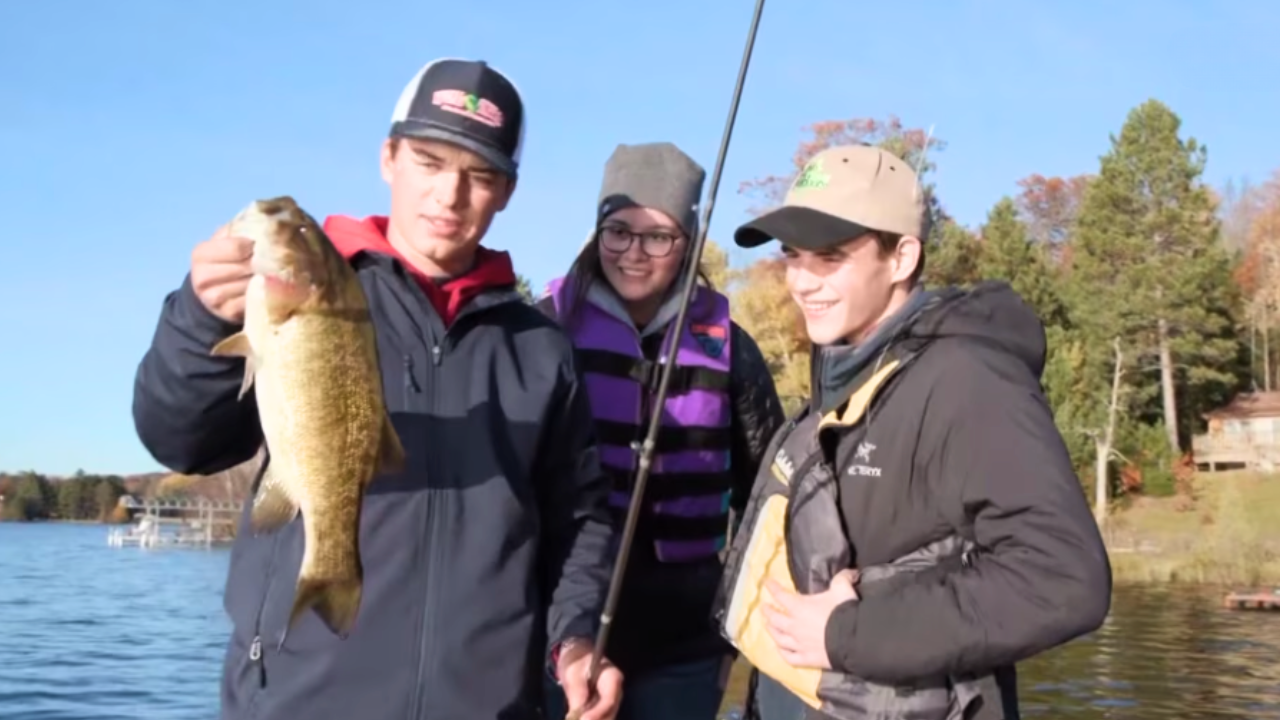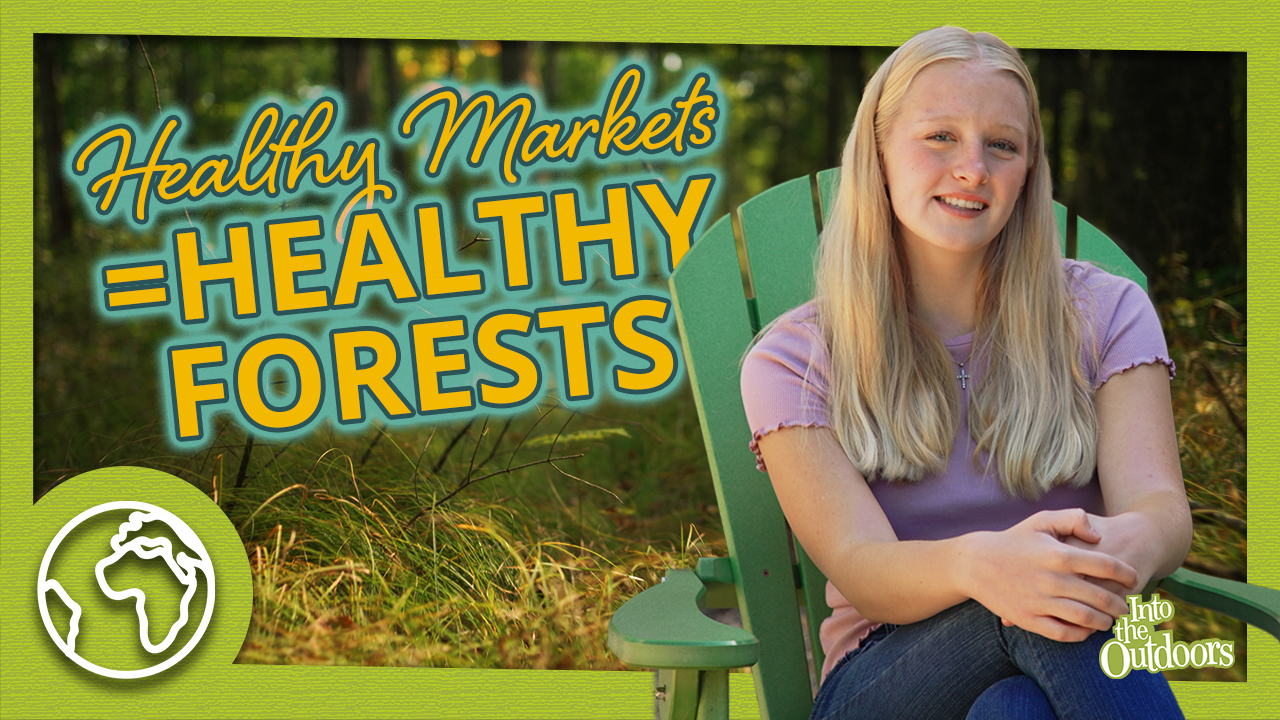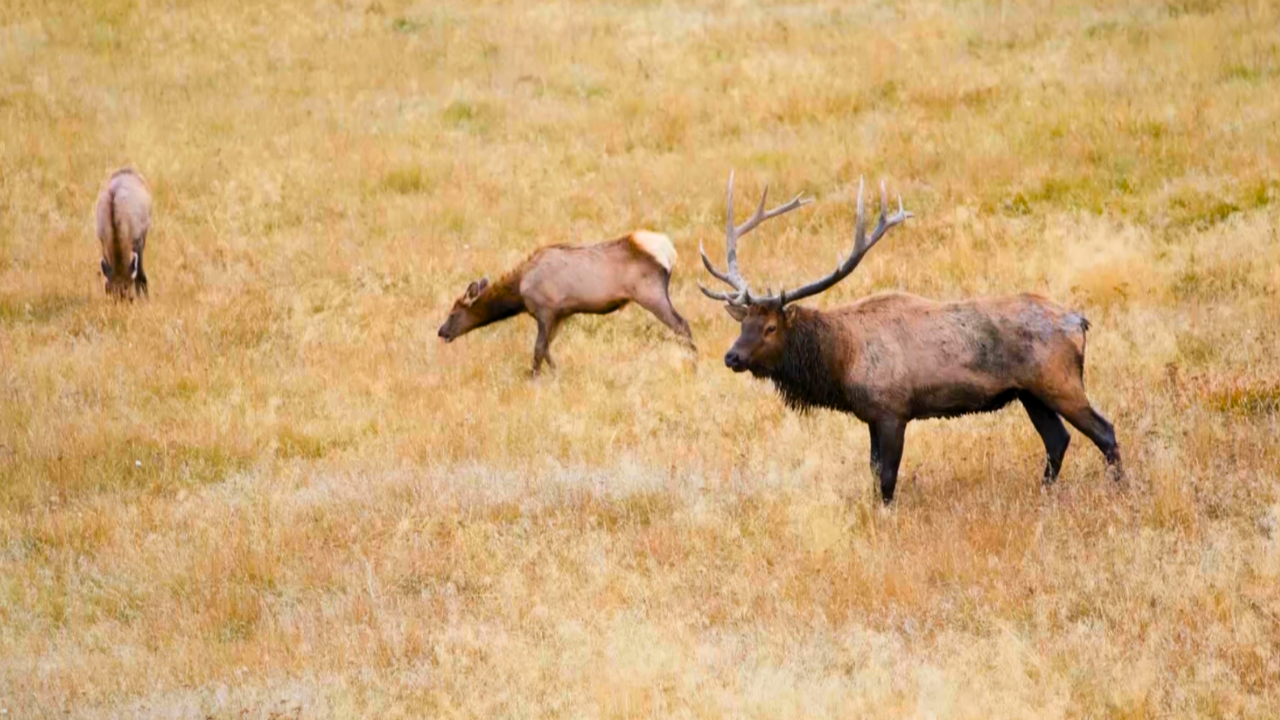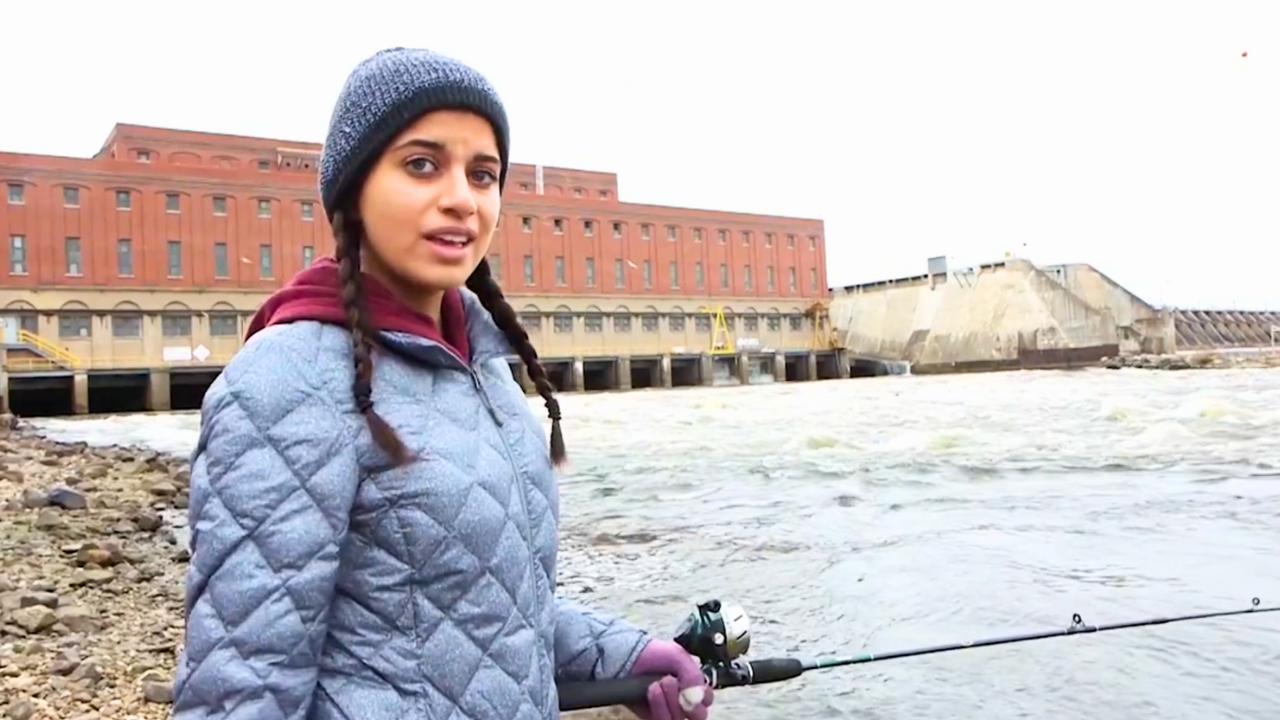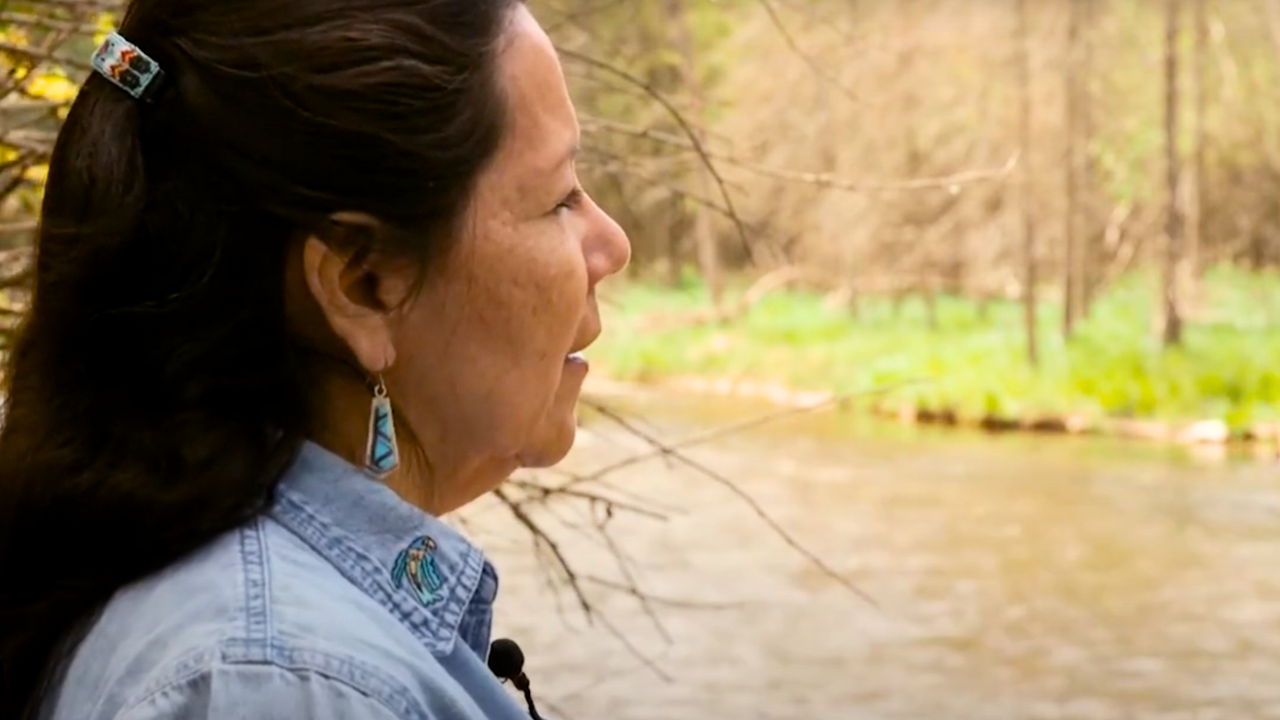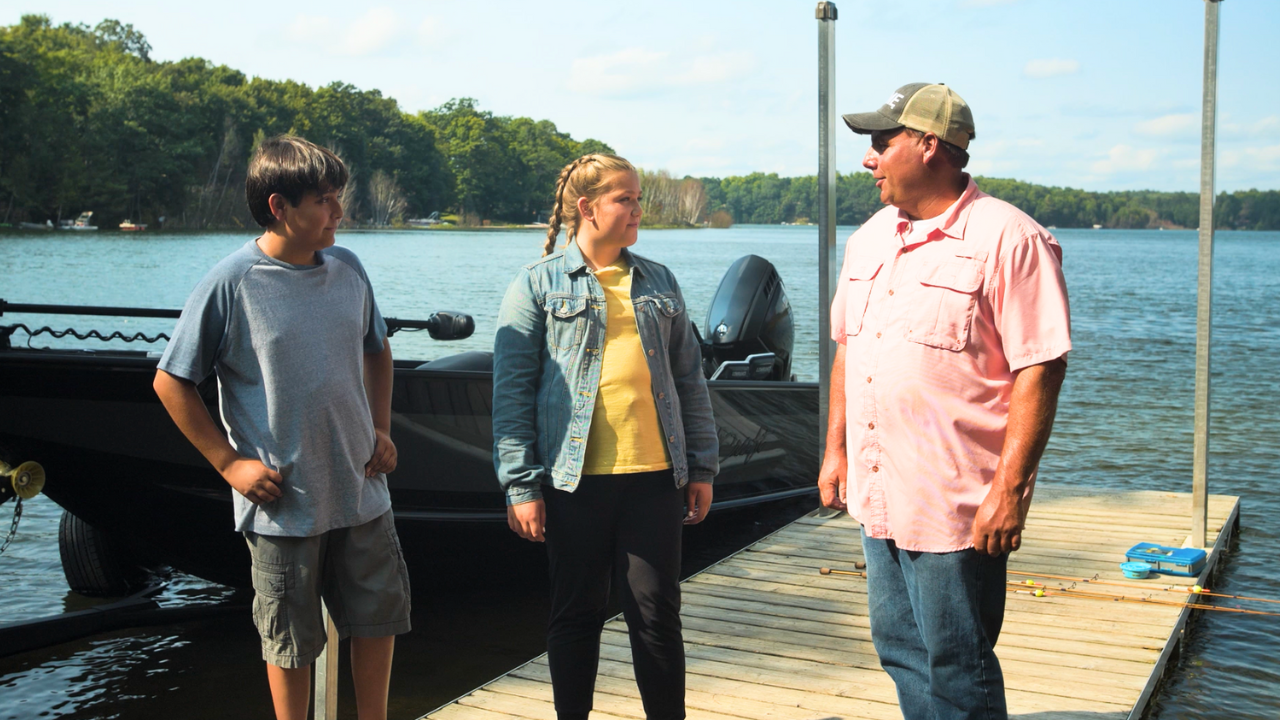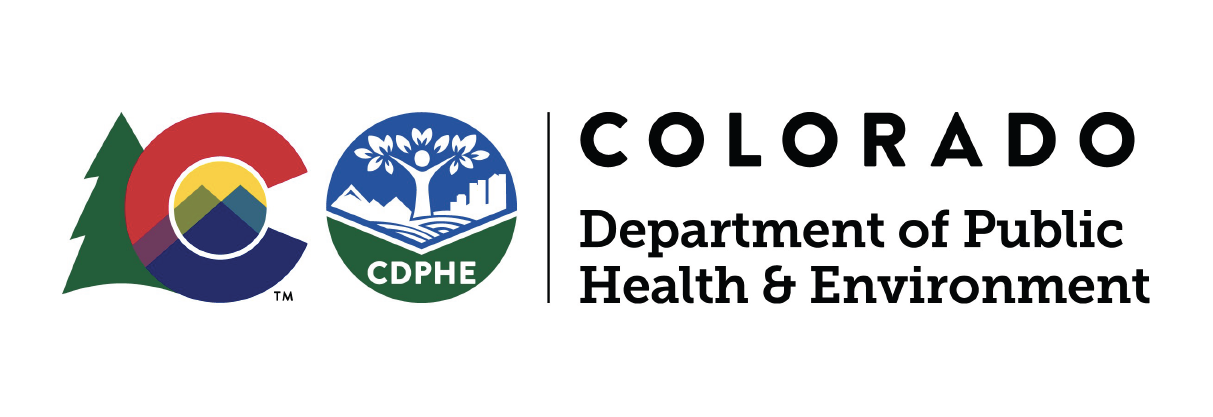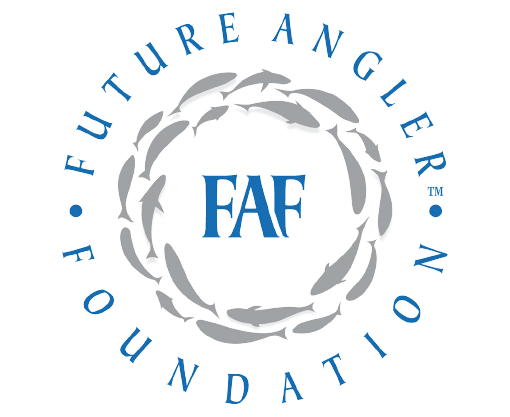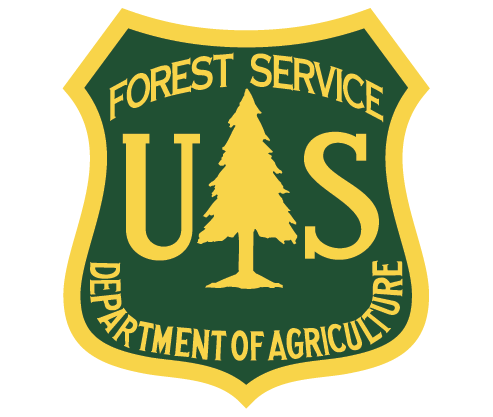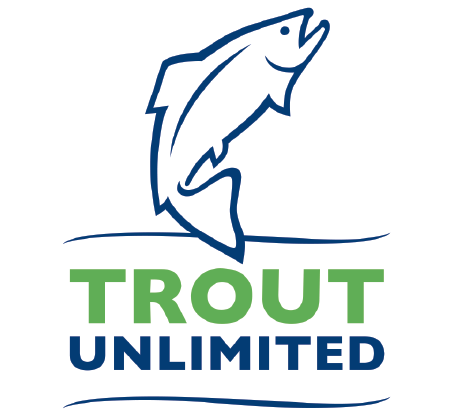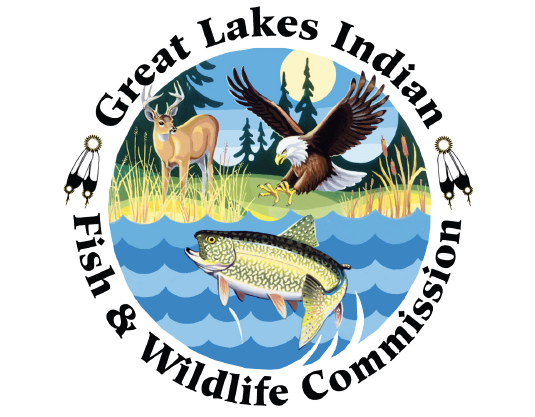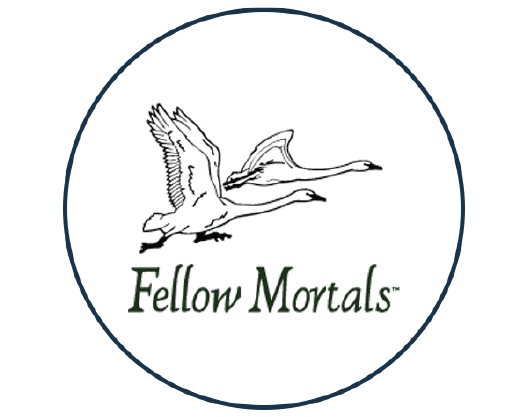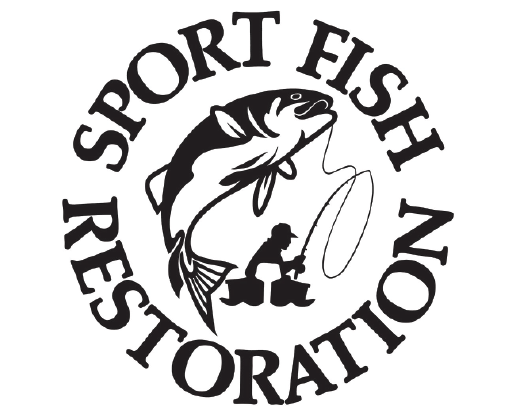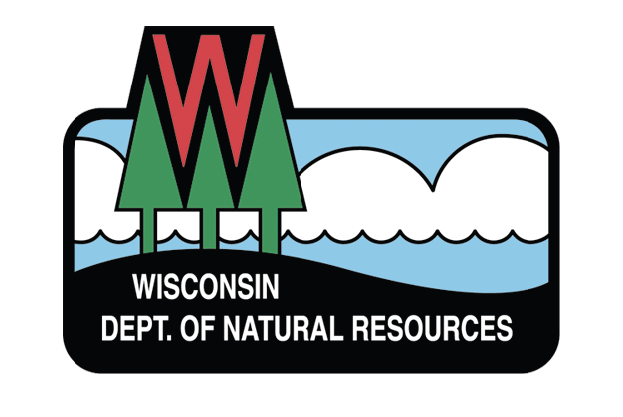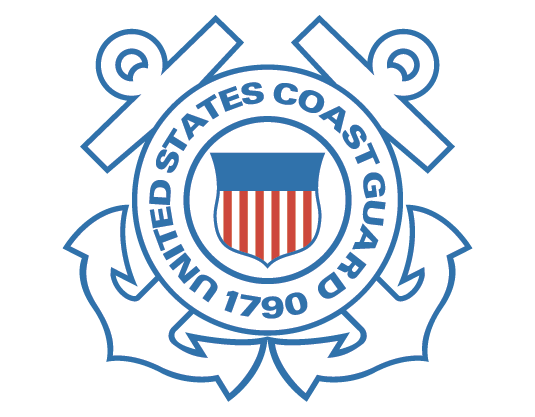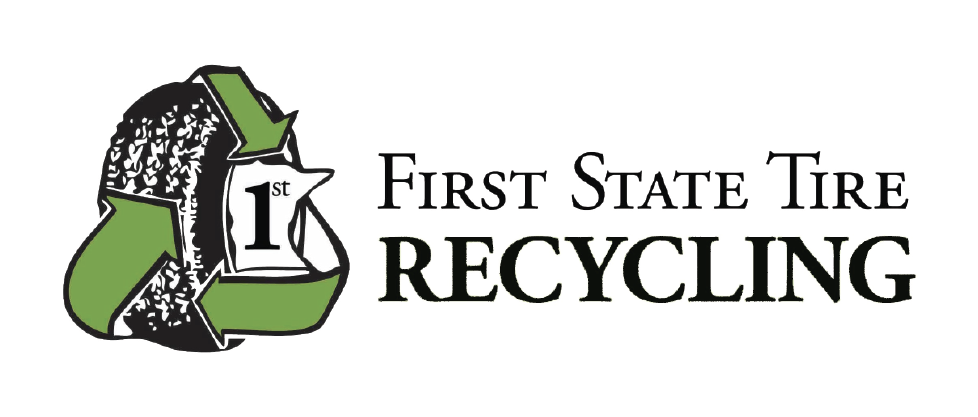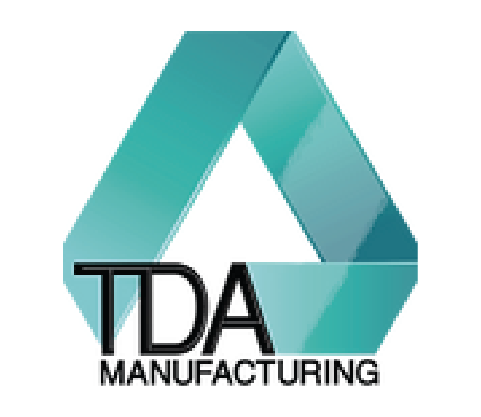Why do 3 million people in the WORLD die each year of water-related diseases? Discover the answers by watching the four parts of this science show and reading the information below. And to take this learning adventure into your classroom, have your teacher download the free Discussion Guide at the bottom of this page so everyone can share in the fun of this inquiry based learning.
It’s all part of Knowing Your H2O – like where it comes from and if it’s safe to drink.
The whole thing begins with the water cycle that our water sources depend on. It’s broken into three major stages. The first stage is evaporation. As the sun’s energy heats the surface of lakes, rivers, plants and soil, the water turns into “water vapor.” After it rises up into the sky, winds push the water vapor through the atmosphere until… it forms into the next stage – condensation. That forms clouds. When air currents cool the clouds, water vapor particles combine to form water droplets or ice particles, and once they get too big, gravity takes over, and they fall as precipitation.
All that’s cool, but how does precipitation get into the water wells that many people and cities depend on for water supplies?
The hydrologic cycle is the continuous movement of water on, above and actually below the surface of the Earth. So water falling from the sky collects on the Earth, and eventually it infiltrates the soil and the bedrock surface to become part of the aquifer. And to have an aquifer, you basically need three things: number one is you need porosity, in other words you need the interstitial spaces that the water can be stored in. Number two you need permeability, which is basically the connection of those pore spaces. Then number three is obviously you need water to saturate the pore spaces in the rock.
People in rural areas often have their own well that pumps the ground water to the surface. Cities also have wells and pumps – big ones and lots of them!
Now that you’ve got some solid (or liquid) background on H2O, you can either dive into more information on the “Lean More” link below, or kick back and watch the four parts of the video. Make a big splash in school by having your teacher download the free Discussion Guide below so the entire class can get “wet behind the ears” with their brainy knowledge of H2O.
Plus, the educational partner noted below supported the video and lesson content here for all of us to learn from. They also offer other learning opportunities on their website. So click on their logo to discover more!
Full Video
Classroom Assets
Water EM
Wastewater Treatment

